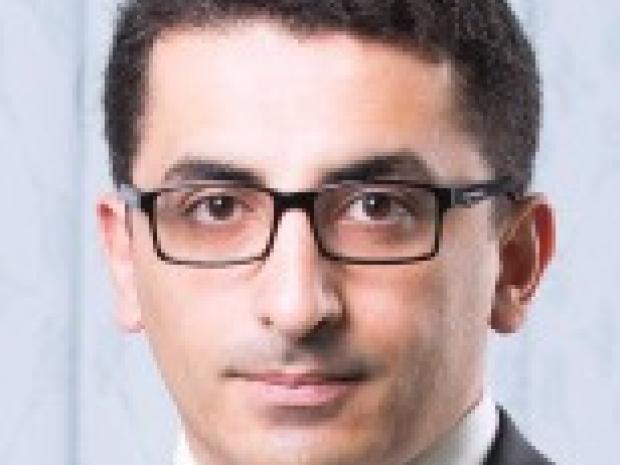Biomicrofluidics: A Multifunctional Cell Analysis and Isolation Platform

Mechanical and Aerospace Engineering
Department Seminar Series
4/6 (Monday) Noon – 1:00 pm RH317
________________________________________
Biomicrofluidics: A Multifunctional Cell Analysis and Isolation Platform
Mohammad Qasaimeh, Ph.D.
Assistant Professor
Mechanical and Biomedical Engineering
NYU Abu Dhabi
Over the last two decades, microfluidics has emerged as a technology with significant impact on cell biology and medical research. The ability to manipulate fluids at the microscale has led to new methods to manipulate and study biological entities. During this talk, I will present microfluidic technologies for three different biological applications: (i) I will discuss our work on developing a simple microfluidic system for culturing mammalian cells and temporally-controlling the delivery of bio-reagents. We used the system to spatiotemporally control the distribution of Tumor Necrosis Factor (TNF) within the cell-culture channel, and HeLa cells were exposed to TNF pulses as short as 8 s. With this system, we measured for the first time the shortest required duration of TNF stimulation that elicits activation of the survival pathway (NF-kB) in cancer cells, which represents a step forward in understanding how cancer cells determine their fate. Preliminary results suggested that short pulses of TNF stimulation can provoke early cancer cell apoptosis. Next, (ii) I will introduce our work with Microfluidic Quadrupoles (MQs), which constitutes the first experimental demonstration and characterization of fluidic quadrupoles. We used the MQ to manipulate concentration gradients of chemicals and established the concept of floating gradients in open microfluidic systems. We used the MQ to apply floating gradients of Interleukin-8 to cultured human neutrophils in a Petri dish, and challenged neutrophils with stationary and moving gradients. The setup allowed us to observe dynamics of neutrophils during adhesion, polarization, and migration, and showed neutrophils migrate longer distances when following moving gradients in comparison to stationary gradients. Finally, (iii) I will discuss our recent experiments in using the herringbone microfluidic chip to capture circulating plasma cells from blood samples taken from multiple myeloma patients. Isolated cells were stained and numerated to correlate with the cancer progression.
________________________________________
Biosketch
Dr. Mohammad Qasaimeh is an Assistant Professor of Mechanical and Biomedical Engineering at NYU Abu Dhabi. He established the Advanced Microfluidics and Microdevices Laboratory (AMMLab) at NYU Abu Dhabi in September 2014, and his current research interests include developing microfluidic and MEMS devices for biomedical applications and point of care diagnostics. Prior to joining NYUAD, he was a Postdoctoral Research Associate at Massachusetts Institute of Technology and Harvard Medical School for the academic year 2013/2014. Dr. Qasaimeh completed his PhD degree in Biomedical Engineering in 2013 from McGill University, where he received several prestigious fellowships and awards including the NSERC Postdoctoral Fellowship, the Alexander Graham Bell Graduate Scholarship (CGSD3), and the FQRNT Students-Researchers Stars Award. Dr. Qasaimeh research has been published in several peer-reviewed journals including Nature Communications, Lab on a Chip, and Biomedical Microdevies.


